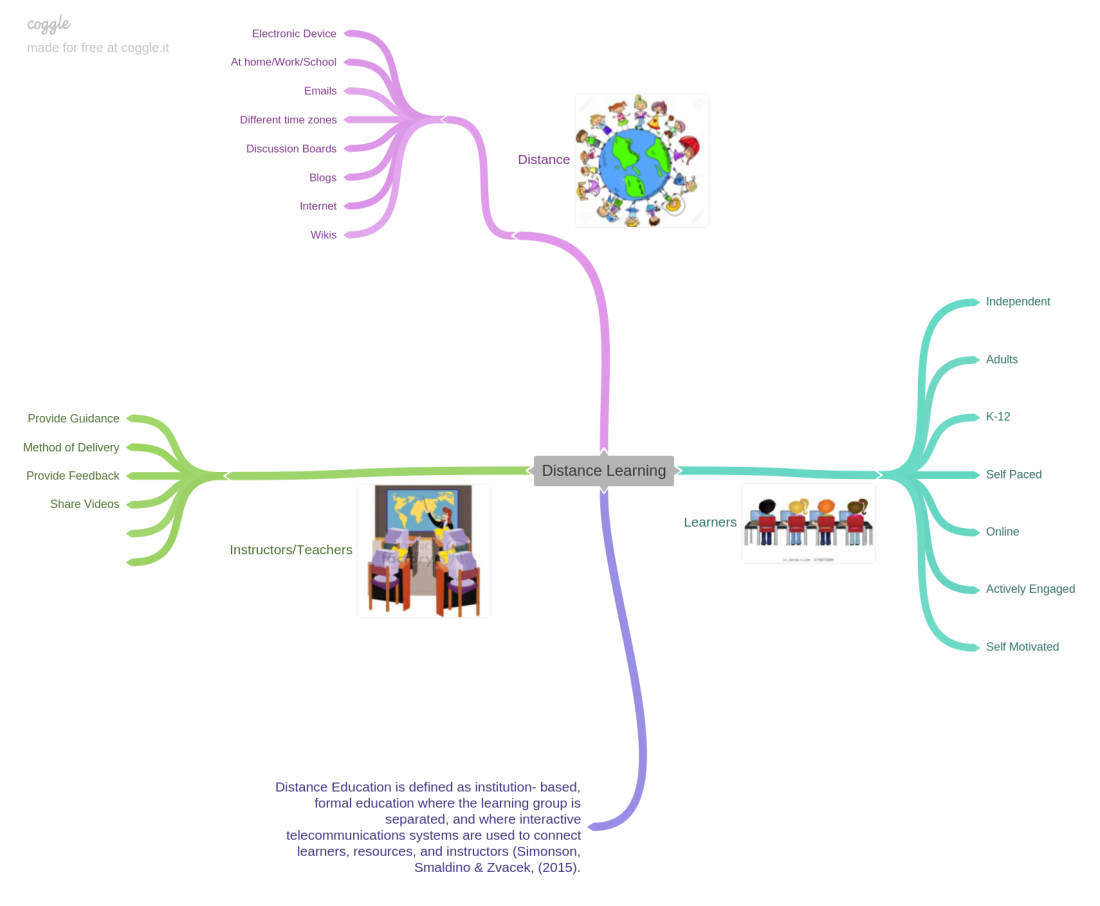I can recall working on a project while attending University. We were doing a project-based approach for Social Studies. There were five of us on the team and we were working collaboratively for the first phase and the second phase. The third phase became an issue that had to be dealt with since we were very close to the end. In the first phase of the project you are drawing and discussions things you think that are related to the topic and the gathering ideas. The second phase deals with visiting the place and gathering information, which will clarify any misconceptions the learner might have about the topic. The pre-drawings will be modified to suit what was seen there and the experience. The final phase includes constructing a model, finalizing information and presenting the findings.
Scope creep stepped in during the final phase when we were building the model and preparing for the presentation. We didn’t have a designated leader as we all knew we were going to always try to come to an agreement on all matters. The only person we had to report to if anything wasn’t going as planned was the instructor of the course. As a team we agreed we were building the model and using recycled materials since we were working on a tight budget. After our visit to the place in phase two we agreed on meeting to start constructing the model. Knowing we all had our personal lives as well as other courses completing we weren’t demanding much from each other. The project was due at the end of the semester, which was exactly five weeks after the visit in phase two. There was enough time and an unknown amount of money to be spent since we contributed what we had to see the project through. However, we had to start preparing. Two weeks had passed and all we were doing was planning in the group chat and not putting any actions to our plans. We agreed on one idea, then persons started suggesting more complex ideas that required additional funds and time which we didn’t have.
Being the organized person that I am, I informed the instructor of what was taking place that there was more talking, and no work being done on the final project. The instructor advised me to start working on something, keep communicating and as time got closer if no one comes forward to get things done present my model and the presentation alone. We were down to two weeks before the project, out of the five members three of us finally met, I brought what I was working on as the partially completed model. They all agreed it was great and we continued working on it. It also saved us time and money that we didn’t even have. We were through with the model within a week. Leaving us with one week to finalize the presentation. The two members who weren’t present during the constructing of the model were still informed in the group chat. One wasn’t pleased with the model, but no one took her on because she didn’t even assist with the little that was done or followed up on any of the costly suggestions she made during the planning.
Looking back at the experience now, I did a great ting which was informing the instructor of the issues faced and taking up the leadership role while starting something even on my own since that wasn’t being done. If I am ever to be in a group project or any group related activity, I would suggest assigning roles and task. This would help a whole lot because each person would be responsible for their part and meeting earlier deadlines prior to the final deadline.
References
Laureate Education, Inc. (executive Producer). (n.d.). Practitioner voices: You can’t win them all [Video file]. Retrieved from https://class.waldenu.edu



